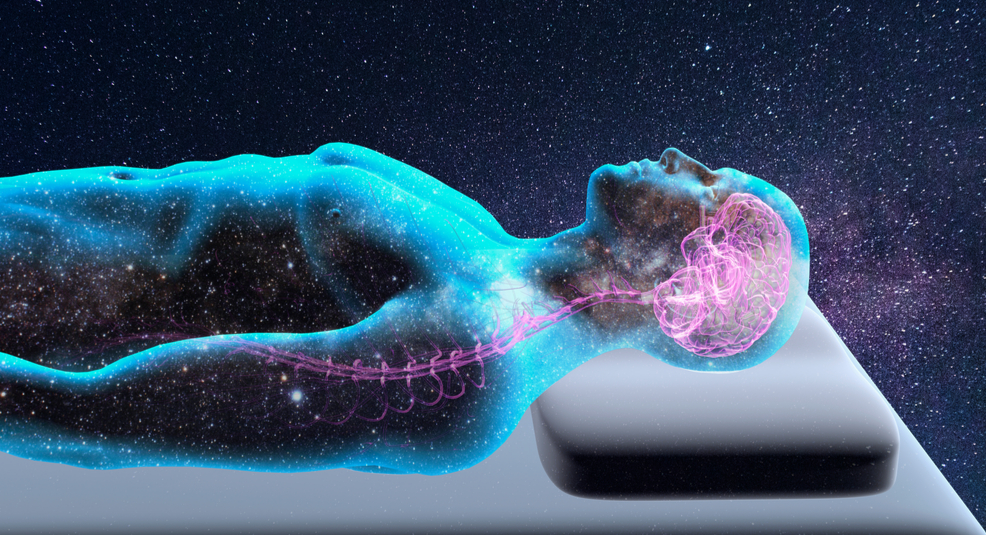Therapy & Research
Set & Setting
With the rising popularization and Westernization of psilocybin, LSD, and other psychedelics came the expression ‘Set and Setting.’ This term was coined in the 1960s by authors and doctors Timothy Leary and Norman Zinberg, and made popular by psychedelic advocate and lecturer Terence McKenna in the 1990s. It is used to express the modern context and setting in which one takes psychedelics.
This practice is particularly important in respect to controlled intoxicant use, harm reduction practices, as well as in the context of modern day rituals. Controlled intoxicant use was popularized by Dr. Norman Earl Zinberg in his 1984 book Drug, Set, and Setting: The Basis for Controlled Intoxicant Use. The original intention was to promote responsible use of any substance in a controlled setting, mainly cannabis and psychedelics, though some drugs included were considered highly addictive and dangerous such as opiates. The idea behind consuming such substances in a controlled setting was to discover best harm-reduction practices and avoiding misuse, while prompting research for any utilization of the drug to broaden its medicinal understanding. “Set and Setting” also helps to redirect the conversation around these substances from negative stigmas to overall acceptance and understanding of their therapeutic benefits.

In terms of modern day rituals, this practice respects and helps carry on centuries of traditions. In the past, these substances were only consumed in the presence of a shaman or guide who helped facilitate the experience. Today, all psychologists, scientists, and researchers who study entheogens in a therapeutic setting practice “Set and Setting” in one form or another.
In 2011 Dr. James Fadiman published the book The Psychedelic Explorer’s Guide: Safe, Therapeutic, and Sacred Journeys which laid the modern groundwork for much of the colloquial narrative surrounding trip-guiding, substance dosage and modern studies supporting psychedelics’ and psilocybin’s medicinal benefits in a therapeutic setting.
In his book, Dr. Fadiman includes four more parameters to fully explain “Set and Setting.” Each addition impacts and shapes the psychedelic experience and includes the facets of— substance, sitter, session, and situation— which are explained below.
Set
Short for one’s ‘mindset’ during a trip, including the preparation and expectations one may have. One should set aside at least three days for their trip and not just a few hours.
The day before consumption, one should take time to reflect and take care of any concerns they may have. It is important to get oneself in a positive, peaceful mindset and ease any anxiety and stress that one may experience. Some individuals find it helpful to discuss these matters with a seasoned consumer or chosen guide.
The day of consumption could be emotional and/or overwhelming. It is important not to plan anything on this day as well. On the third day, one should take time to reflect on the experience, record insights, and consider a way to integrate any significant emotions that come up.
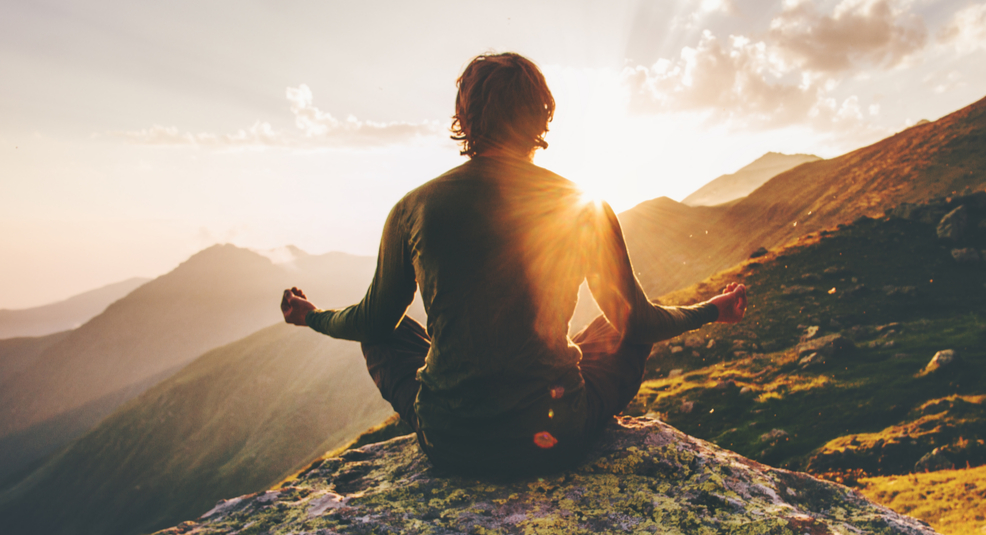
Setting
The environment in which one’s trip occurs. Some people choose to trip outside surrounded by nature, while others prefer the comfort of indoors. Regardless of where one chooses, the space should be comfortable and familiar. It should be a freeing and safe space where self-expression is allowed and encouraged. Having space to lie down is vital as well. If outdoors, a blanket is always a good idea.
Music can also be an important factor when considering one’s atmosphere. Some people choose to wear headphones and others prefer a stereo. Studies suggest that classical music, music with only one to three instruments, and indigenous drum recordings are the best at permeating the psyche in these elevated states. When incorporating music, it is often advised to stick with instrumentals and try to listen with eyes closed as this has been known to help facilitate a truly profound experience.
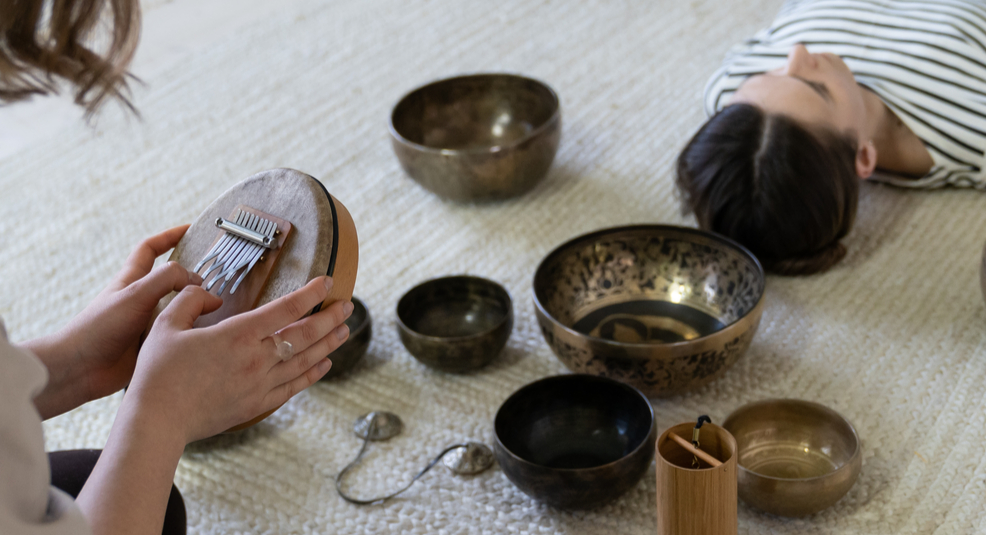
Substance
This term refers to what particular compound is taken, as well as the dosage. Any potentially-ingested psychedelics should come from a reliable source, otherwise exact dose will be hard to gauge. Testing kits are available online for synthesized substances like LSD. For a natural substance like psilocybin, make sure it has been properly identified and comes from a trusted source.
For general dose information on LSD, psilocybin, mescaline, and other psychedelic substances, please check our pharmacology profiles.
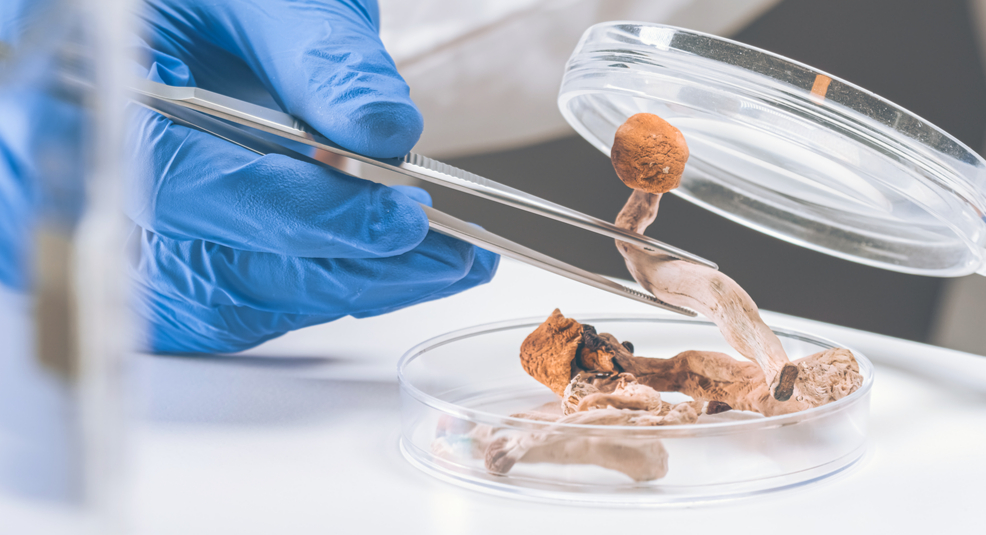
Sitter
A sitter refers to a guide or caretaker. A guide is highly recommended for any user but especially for a psychedelic novice. This can be someone who has a lot of experience with entheogens, but is not required to be. Most importantly, it should be someone one trusts and feels comfortable around. They are primarily there to reassure, take care of the user and the physical environment, and keep them safe. Essentially, they are a steady and helpful reference point of consensus reality. Although enthusiasm may entice the sitter to ingest the substance alongside the intended user, it is important they be sober throughout the entire trip or risk quickly relinquishing their role.
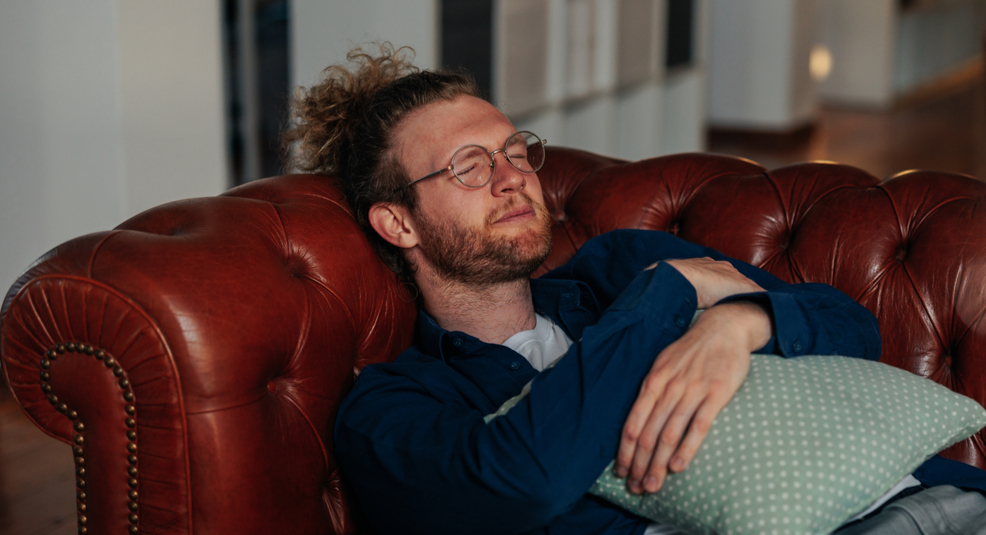
Session
The session is general time and specific aspects of a trip. Both of which depend on the substance one consumes.
A trip can be broken down into six stages:
- Ingestion
- Onset (Coming Up)
- Peak
- Plateau
- Gentle Glide (Come Down)
- Formal End (Baseline)
Because psychedelics can affect sleep and possibly cause low energy the next day, experts advise against ingesting them late at night.

Situation
This refers to how one reflects on and integrates the experience into their everyday life. Some start to reflect while tripping, while some reflect at the end of or after their session. This reflection typically persists into the future, often even months after a trip.
How one integrates their experience solely depends on what they experienced and what they consider to be the most important realizations. One may want to set time aside and ask some important questions:
- Did I have a revelatory moment?
- What groundbreaking insight did I gain?
- Is there someone I should reach out to?
- Are the people and things I surround myself with helping me live my best life? Or are they bringing me down?

Creating a positive and safe psychedelic experience is one of the most important things a person can do, not only for their personal well-being but also to get the most out of it.
These parameters were not heavily practiced in the past. In fact, “Set and Setting” were barely talked about. For example, when Leary created the Harvard Psilocybin Project, his experiments ranged from academically sound to personal use and loosely-focused on the environment in which the substances were consumed. As research expanded, studies became more concentrated on how to structure the most optimal and beneficial experience. Today, organizations like MAPS, Usona, Beckley and Heffter Research Institute have strict parameters and guidelines that all staff members must adhere to.
In a therapeutic setting, the final component (Situation) is what the experience is all about. It represents our key takeaways and is what we will eventually integrate into our lives. During integrated therapy sessions, a trained therapist will talk to a patient after their psychedelic experience to find out how they were affected, what they learned, and how they can incorporate those teachings into their life. It is arguably the most important step in this particular framework, as it helps bring about long-term healing.
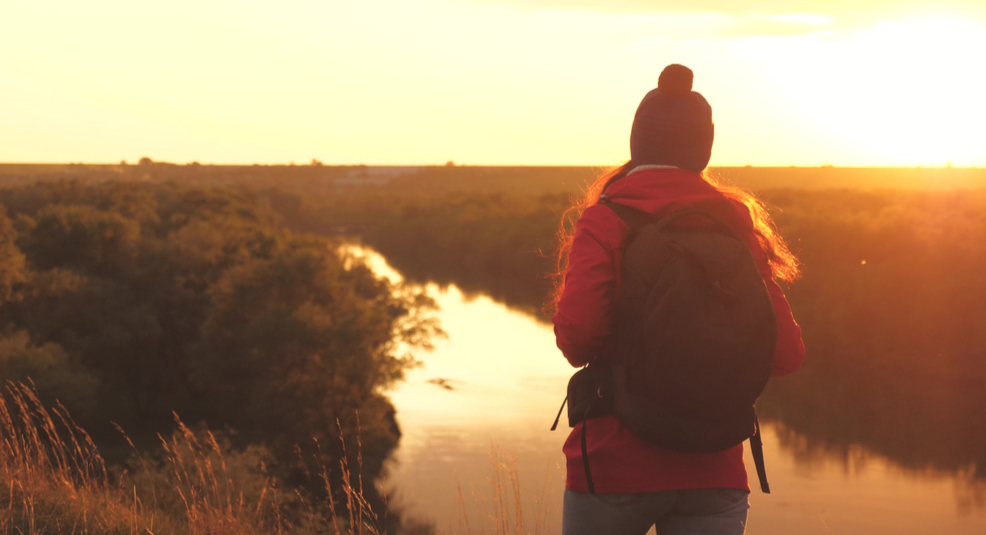
A mystical experience often leaves one with a lot of material to process. The integration stage of therapy, after the assisted treatment or personal trip, involves cognitive behavioral therapy, journaling and goal-setting. This is different from the concept of Western medicine and pharmacology, in the fact that there is effort and intention involved. This medicine is not like an antipsychotic in theory of effects, where classically a pill is ingested, the user’s symptoms subside temporarily, wash and repeat. Rather, this intervention addresses root causes or larger subconscious issues by altering the ego through neurological intervention. In Michael Pollan’s 2018 book How to Change Your Mind: What the New Science of Psychedelics Teaches Us About Consciousness, Dying, Addiction, Depression, and Transcendence, Pollan is able to explain how the Default Mode Network (DMN) of the brain is affected by these substances. When taking psychedelics the DMN is interrupted most notably through the activation of 5-HT2A receptors which can conceptually be modernly attributed to deactivating the ego through the hyperactivity and hyperconnection occurring in the brain. This cross-talk of regions and dampening of the normal neural pathways of the conscious mind can be what is thought of as new perspectives and insights that psychedelics can aid in, connecting us to our true or inner selves and, in the process, nature. These substances have the ability to cure from the root cause and address issues, rather than supplementing ailments ad nauseam. Exploring these maps of the mind can lead to challenging trips, but are fundamentally and overall worth our time, effort, and dedication.
